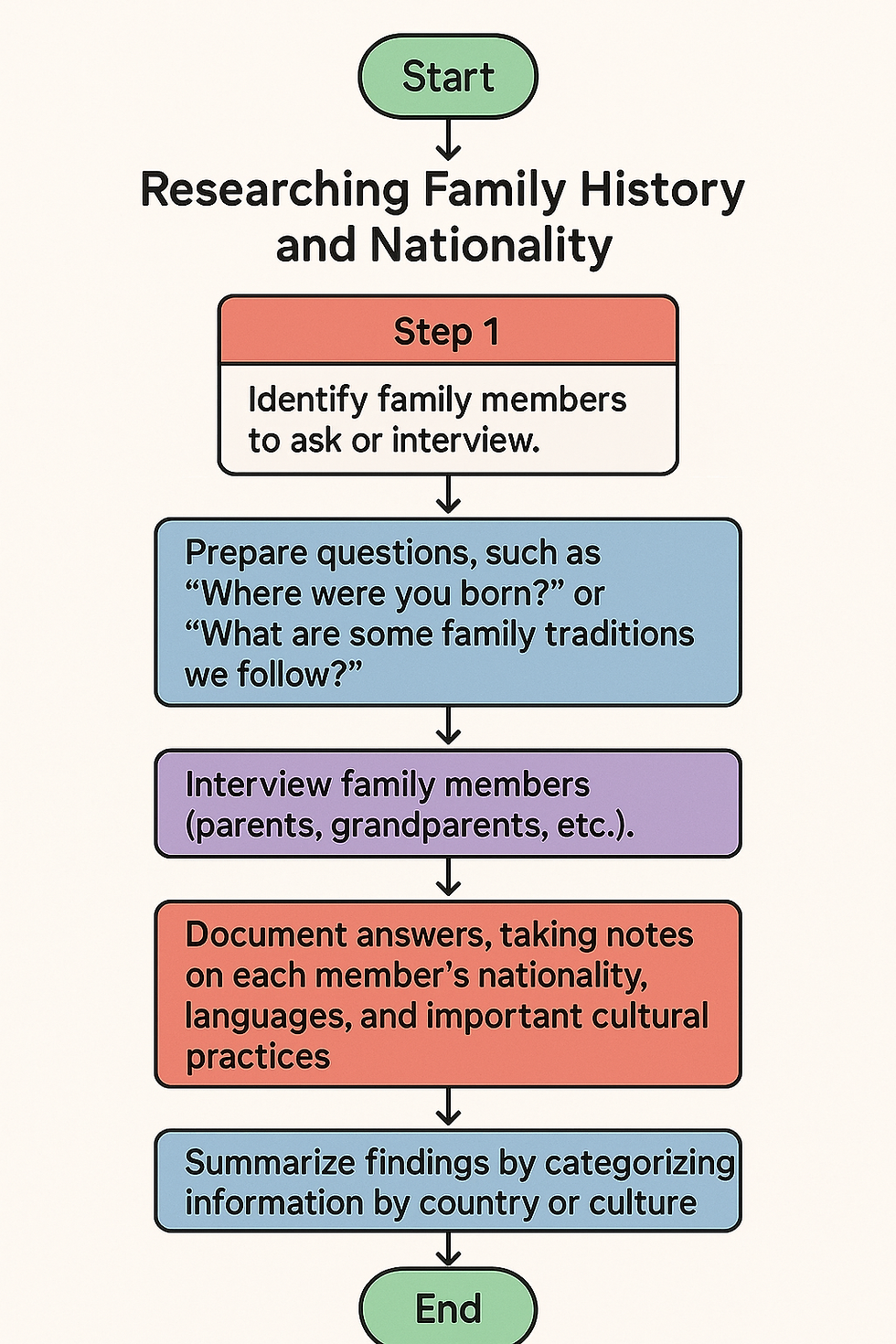Graphic: Mind Maps, Flowcharts, and Venn Diagrams
- Mu Mei Hsueh
- Nov 14, 2024
- 3 min read
Updated: Aug 5
Graphic organizers are valuable tools in supporting metacognition and self-regulated learning. According to the Metacognition and Self-Regulated Learning guidance report by the UK’s Education Endowment Foundation (EEF), graphic organizers aid students in structuring and visualizing their thinking processes. Here’s how graphic organizers enhance these skills:
Enhancing Understanding and Recall: By breaking down complex information into visual forms (like mind maps, flowcharts, or Venn diagrams), graphic organizers help students organize ideas logically. This clarity boosts comprehension and memory, enabling students to engage more deeply with the material.
Promoting Self-Reflection and Monitoring: Graphic organizers provide a clear, visual record of students' thought processes. This makes it easier for them to identify what they know, what they don’t understand yet, and where they need to adjust. For example, a KWL chart (Know, Want to Know, Learned) can guide them through self-assessment by reflecting on what they have learned and setting future learning goals.
Supporting Goal-Setting and Planning: Graphic organizers can guide students in setting learning goals and planning how to achieve them. For example, flowcharts for task breakdowns or timelines for project planning help students map out actions, set timelines, and manage their workload—key elements in self-regulated learning.
Encouraging Strategic Thinking and Problem Solving: Organizers like decision trees or pros and cons lists enable students to approach problem-solving systematically. By visually comparing solutions or outcomes, students practice higher-level thinking and decision-making, fostering a reflective mindset essential for metacognition.
Examples of how mind maps, flowcharts, and Venn diagrams could be used:

Generated using ChatGPT with DALL·E, https://chat.openai.com/.
1. Mind Map
Example Topic: "My Family and Nationality" A mind map helps students visually organize different aspects of family and nationality.
Central Idea: "My Family and Nationality"
Branches:
Family Members: List immediate and extended family members (e.g., mother, father, grandparents, cousins).
Nationalities: Add branches for the nationalities of different family members, which could include "Taiwanese," "French," "Vietnamese," etc.
Languages Spoken: Outline which languages each family member speaks (e.g., Mandarin, English, French, Vietnamese).
Cultural Traditions: Detail traditions or holidays celebrated in each nationality, such as Lunar New Year, Christmas, or Tet Festival.
Places Lived: Include branches for the countries where family members have lived or currently live.
This structure helps students visually organize and reflect on their family’s multicultural background, making connections between family members, cultures, and traditions.
2. Flowchart
Example Topic: Researching Family History and NationalityA flowchart could guide students in exploring their family history and nationality through research.
Start: Identify family members to ask or interview.
Step 1: Prepare questions, such as "Where were you born?" or "What are some family traditions we follow?"
Step 2: Interview family members (parents, grandparents, etc.).
Step 3: Document answers, taking notes on each member's nationality, languages, and important cultural practices.
Step 4: Summarize findings by categorizing information by country or culture.
End: Create a family heritage report or presentation.
This flowchart helps students understand how to gather and organize information, leading to a comprehensive understanding of their family’s background.

3. Venn Diagram
Example Topic: Comparing Nationalities in My FamilyA Venn diagram can help students compare two or more nationalities within their family to find similarities and differences.
Circle A (e.g., Taiwanese Nationality):
Celebrates Lunar New Year
Speaks Mandarin and/or Taiwanese
Foods include dumplings, rice cakes
Circle B (e.g., French Nationality):
Celebrates Christmas and Bastille Day
Speaks French
Foods include baguettes, cheese, pastries
Intersection:
Both celebrate holidays with family gatherings
Both emphasize respect for elders
Both have unique traditional foods enjoyed on special occasions
This comparison helps students analyze and appreciate the similarities and differences between cultural backgrounds, promoting a deeper understanding of family diversity.

Resource:



Comments